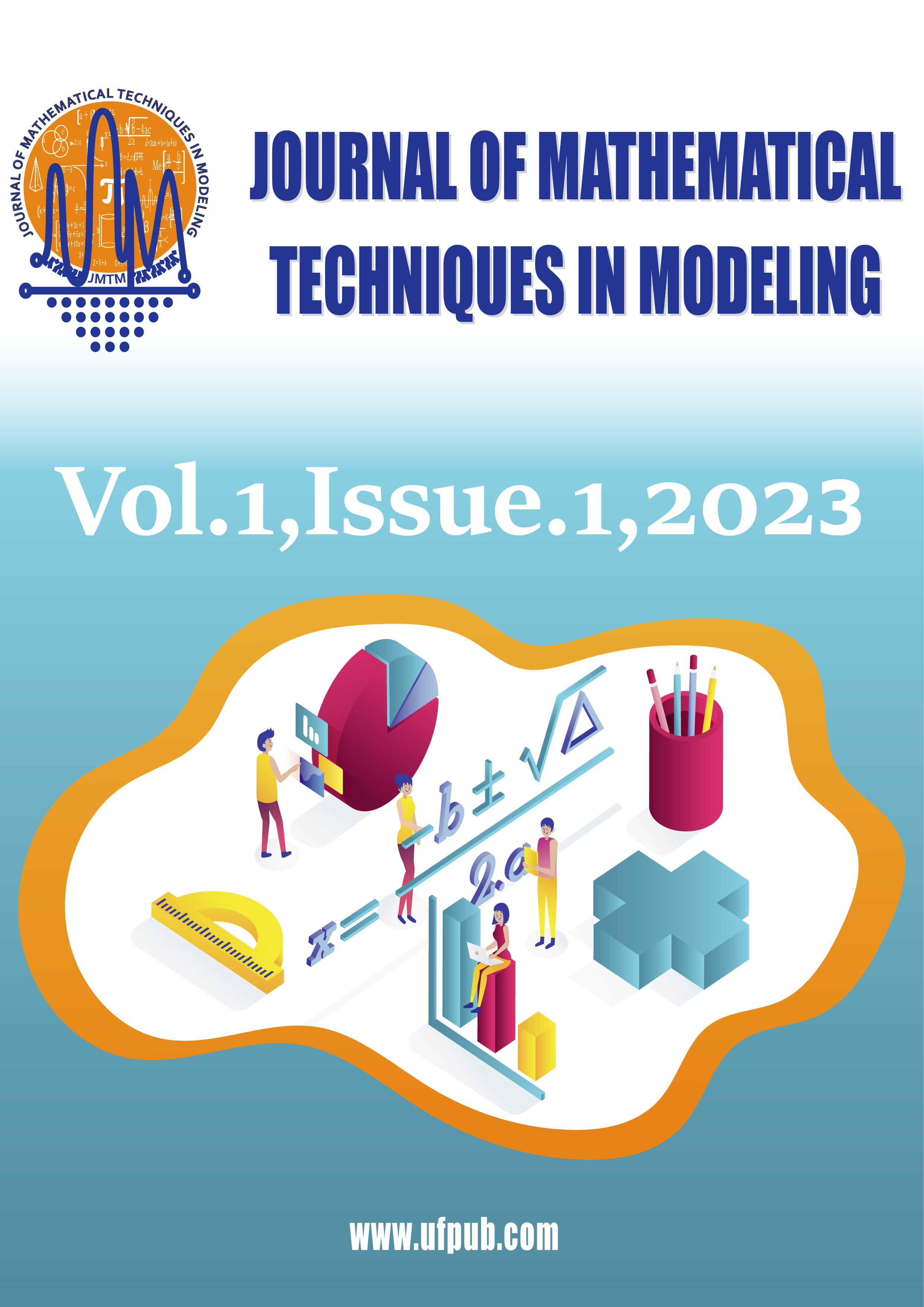Navigating Food Allergy Dynamics via a Novel Fractional Mathematical Model for Antacid-Induced Allergies
DOI:
https://doi.org/10.56868/jmtm.v1i1.3Keywords:
Food Allergy, Stability Analysis, Three-step Adams-Bashforth, Newton’s Polynomial, Fractional Modeling, Numerical SimulationsAbstract
This study explores the onset of food allergies in individuals using antacid medications, employing an innovative fractional mathematical model integrating fractional calculus and differential equations. Through this methodology, we analyze the intricate dynamics of food allergy epidemics and their interaction with antacid usage, offering essential perspectives for refining management strategies and implementing early intervention measures. Our research stems from a 2001 case, marking the initial occurrence of a severe anaphylactic reaction to manioc, a novel food allergy. Prompted by the prolonged acknowledgment of incidents involving a tuber ingrained in native Brazilians’ diets for over 500 years, we establish a mathematical framework addressing the persistence of the cassava allergen in the presence of proton pump inhibitors (PPIs). These medications are utilized to reduce gastric acidity in digestive disorders, elevate pH levels, foster the preservation of the allergen and subsequently enhance immune recognition. Our investigation hinges on employing a mathematical model to scrutinize how incidents related to food allergies impact the dynamics of scientific publication. The model, offering a distinctive perspective on food allergy characterization, relies on a novel set of differential equations incorporating fractional Caputo-Fabrizio (CF) operators. Insights into the model’s long-term behavior are derived from a comprehensive examination of its qualitative characteristics and subsequent computational simulations. We establish the existence and uniqueness of solutions within the proposed model, drawing on established results concerning fixed points. Utilizing the Ulam-Hyers method, we determine stability outcomes. For in-depth numerical analysis and simulation, our study employs Newton’s polynomial in conjunction with the three-step Adams-Bashforth numerical technique. The findings underscore the efficacy of fractional order techniques in accurately capturing the complex dynamics of food allergies and providing insightful information crucial for devising effective management plans.
Downloads
Published
Issue
Section
License
Copyright (c) 2023 Wajahat Ali Khan, Rahat Zarin, Aurang Zeb, Yousaf, Amir Khan (Author)

This work is licensed under a Creative Commons Attribution 4.0 International License.










